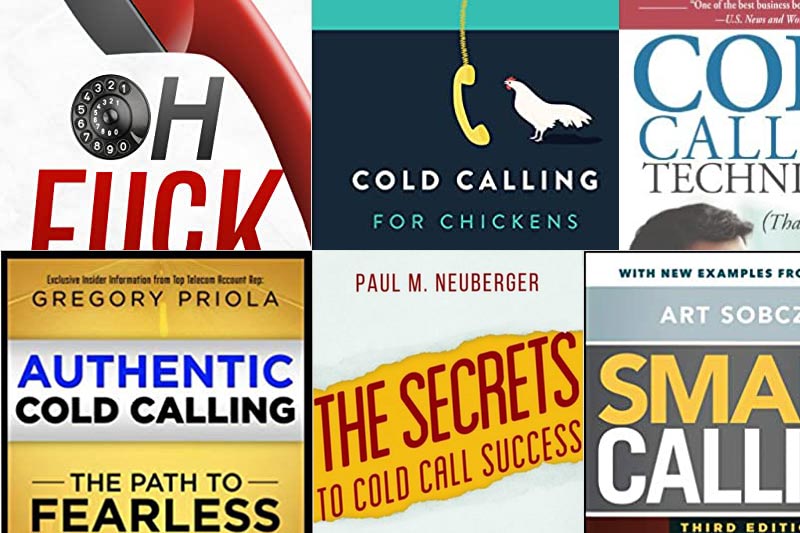
10 Best Cold Calling Books of 2024: Key Techniques & Strategies
Cold Calling is not dead! Despite what you might be hearing in some trending podcast or from your sales team, cold calling is more alive and more profitable today than ever before. There are some thought leaders who disguise the term cold calling with ‘warm calling’. In short, they’re associating the use of high-quality business intelligence as warming a cold

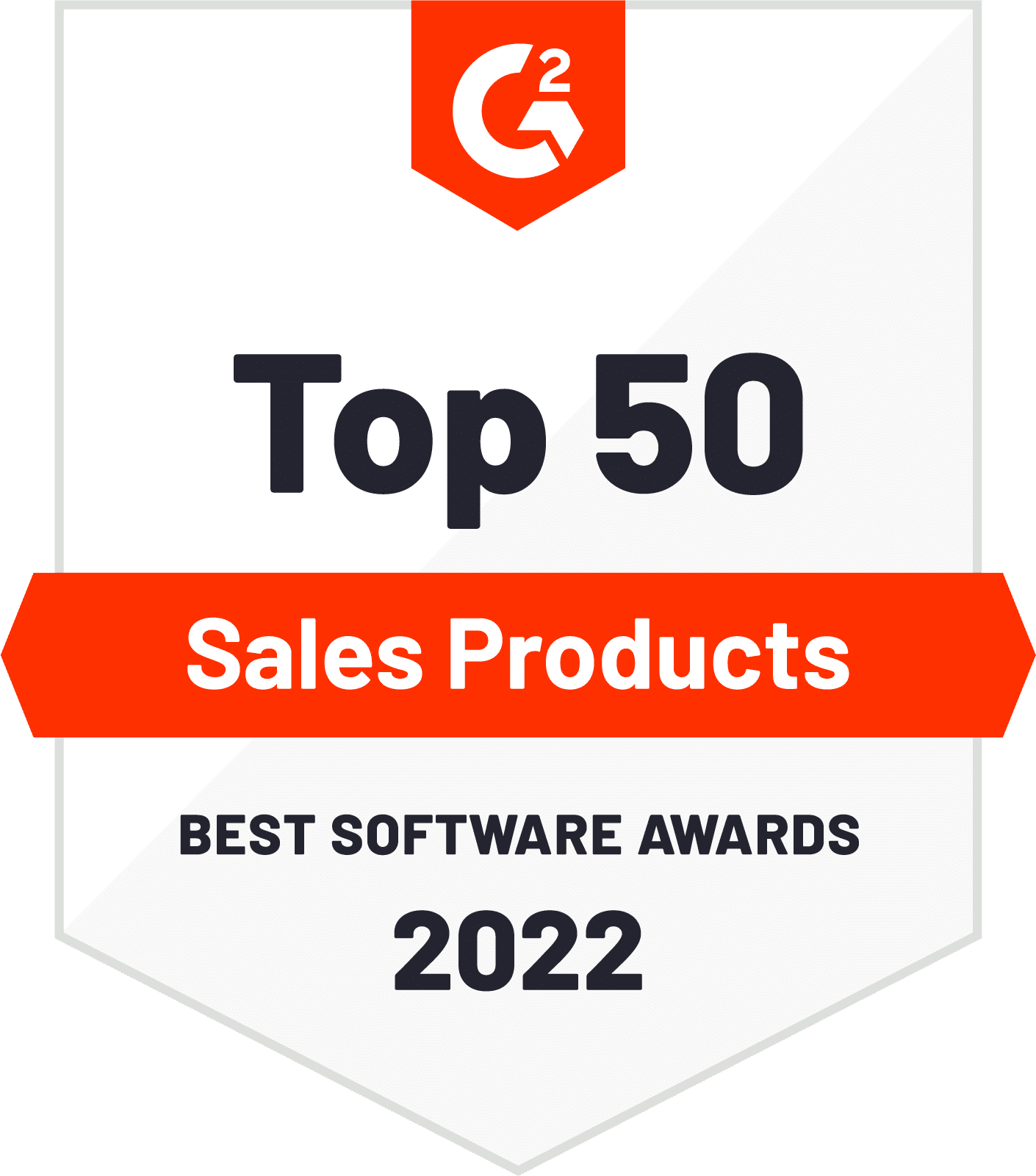
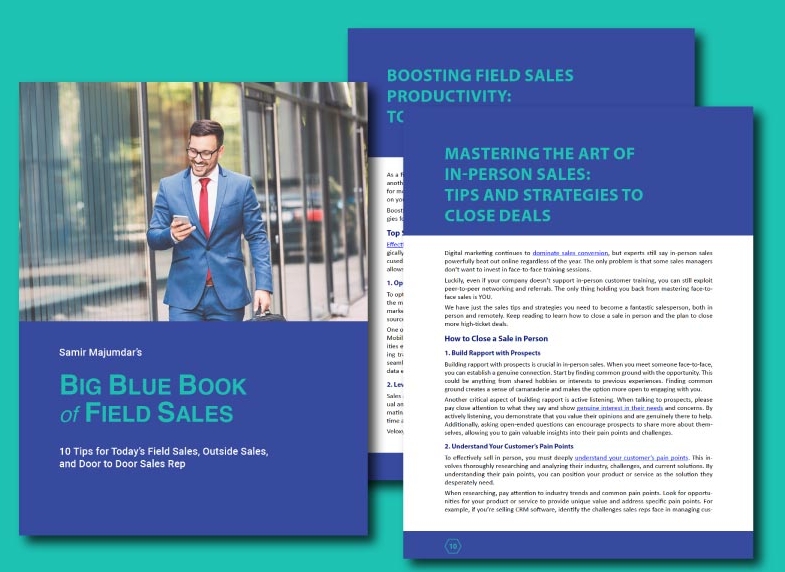

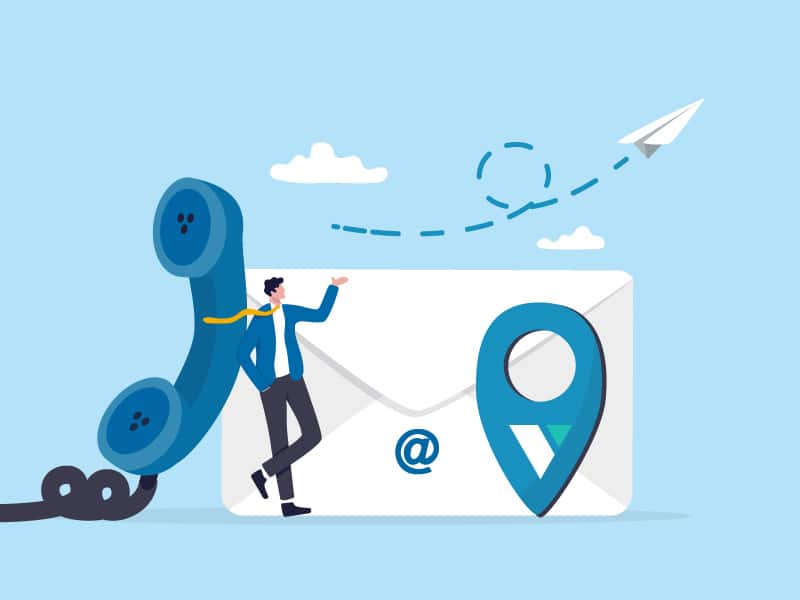

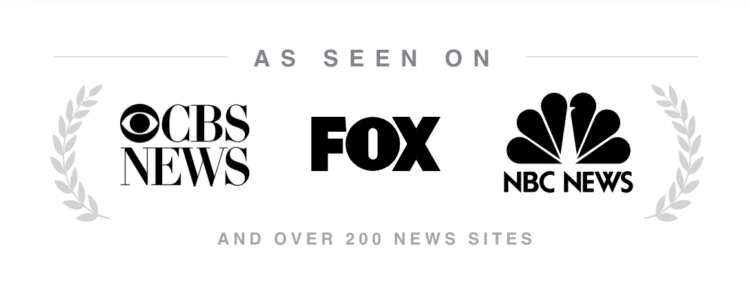
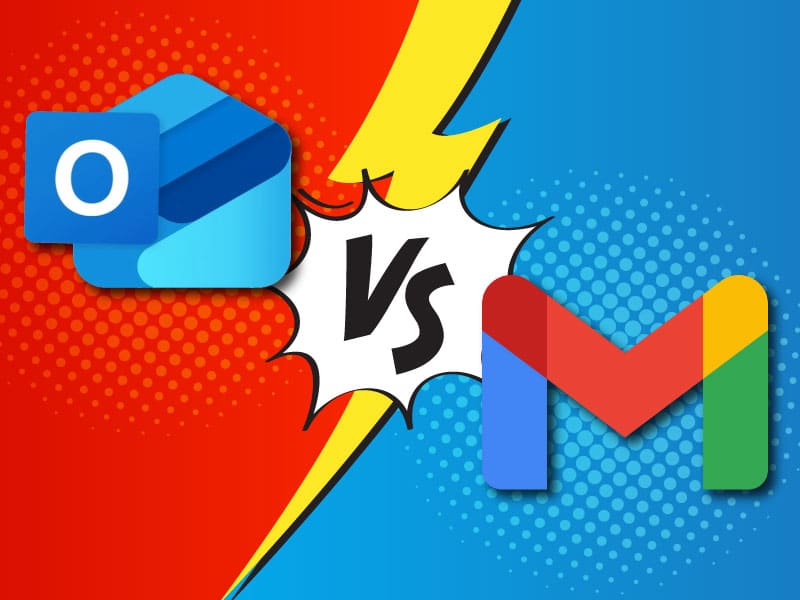








Cold outreach can sometimes feel like a bad word. (Or two). How can you guide your team to do it effectively? How can you convince them that it can lead to ROI and sales?
The reality is, cold outreach is a powerful marketing technique that can unlock untapped potential for your business.
Join me as we take a look at this ultimate guide, exploring its benefits, strategies, and how to implement it successfully. I’ll help you harness the power of outbound marketing to lead your business to prosperity.
Cold Outreach
Outbound marketing, including cold outreach, has been around for decades. It started with door-to-door sales and evolved into telemarketing and direct mail. With the advent of digital technology, cold outreach has transformed.
Now, we can use emails, social media, and other online platforms to reach a broader audience more efficiently. This evolution has made cold outreach more targeted and data-driven, allowing us to connect with potential customers more effectively.
One of the main benefits is its ability to generate new leads and expand our customer base. By reaching out to people who might not be aware of our brand, we can introduce them to our products or services and spark their interest.
I think that an underrated element is that it also allows us to build personal connections with potential customers. By crafting personalized messages, we show that we’ve done our research and understand their needs. This personal touch can make a significant difference in how they perceive our brand.
And sure, while inbound marketing strategies like SEO and content marketing are essential, they often require waiting for potential customers to find us. Cold outreach lets us take the initiative, putting our message directly in front of the people we want to reach.
Another advantage is the ability to gather valuable feedback. When we engage with potential customers, we can learn about their pain points, preferences, and objections. This information helps us refine our products, services, and marketing strategies to better meet their needs.
Preparing for a Successful Cold Outreach Campaign
So how do you get your team started?
Before anything, we need to identify our target audience. We should focus on the people who are most likely to benefit from our products or services. This involves creating detailed customer profiles.
Once we’ve identified our target audience, we need to gather as much information as possible. This helps us personalize our outreach.
Research is crucial here. I recommend using tools like LinkedIn to learn about potential customers. Look at their job titles, company size, and industry.
This information helps us craft messages that address their specific needs and challenges. We should also pay attention to their online behavior.
Understanding what they post about, share, and engage with can give us insights into their interests and pain points.
Data gathering doesn’t stop at online research. We can also use surveys and feedback forms to gather information directly from potential customers.
This can help us understand their needs and preferences better. The more data we have, the more effective our cold outreach will be.
Setting Clear Objectives and Goals for Your Campaign
Having clear objectives is essential for any cold outreach campaign. We need to know what we want to achieve. Are we looking to generate leads, increase brand awareness, or drive sales?
Setting specific goals helps us measure our success and adjust our strategies as needed. Our goals should be SMART: specific, measurable, achievable, relevant, and time-bound.
For example, we might aim to generate 50 new leads in a month. This gives us a clear target to work towards.
Crafting the Perfect Outreach Message
I like to think of creating an effective outreach message as an art.
We need to grab the recipient’s attention quickly and make a strong impression. The key elements of a compelling message include a strong subject line, a personalized greeting, a clear and concise body, and a powerful call to action.
The subject line should be intriguing enough to make the recipient want to open the email. The greeting should address the recipient by name, showing that we know who they are and have taken the time to tailor our message to them.
The body of the email should be straightforward and focused on the value we can provide. Finally, a clear call to action directs the recipient on what to do next, whether it’s scheduling a call or checking out a product.
Personalization Techniques and Their Impact on Engagement
Personalization is critical in cold outreach. It shows that we’ve taken the time to understand our potential customers. Personalized messages are more likely to be opened and responded to.
Use the recipient’s name, mention their company, and refer to specific details about them. This can make a big difference in how our message is received.
We can also use dynamic content to personalize our messages. This allows us to tailor different parts of our message based on the recipient’s information.
For example, we might change the introduction based on their job title or industry. This level of personalization can significantly increase engagement and response rates.
Strategies to Capture and Maintain Attention Span
Capturing and maintaining attention is challenging in cold outreach. People are busy and receive many emails every day. We need to make sure our message stands out.
Start with a strong subject line that piques curiosity. Keep the message short and to the point. Avoid long paragraphs, and use bullet points to break up the text.
Highlight key benefits and use visuals if possible. A clear and compelling message is more likely to capture and hold attention.
Creating a Clear and Persuasive Call to Action
A call to action (CTA) is a crucial part of any outreach message. It tells the recipient what we want them to do next. The CTA should be clear, direct, and easy to follow. It should also create a sense of urgency or importance.
For example, instead of saying, “Check out our website,” we could say, “Schedule a free consultation today.” The latter is more specific and gives the recipient a clear next step.
The CTA should be placed at the end of the message and stand out, either through bold text or a different color.
Building Trust and Credibility
Building trust is essential in cold outreach. We need to show that we’re credible and trustworthy. Including social proof, such as testimonials or case studies, can help build credibility.
Mentioning any awards, recognitions, or partnerships can also add to our credibility. It’s important to be honest and transparent in our messages.
If we can’t meet a need or solve a problem, we should say so. This honesty can build trust and respect with potential customers.
Using a Conversational Tone
A conversational tone makes our outreach messages more relatable and engaging. We should write as if we’re having a conversation with the recipient. This means using contractions, asking questions, and using simple, straightforward language.
A conversational tone can make the recipient feel more comfortable and open to engaging with us. It also makes our message feel less like a sales pitch and more like a genuine attempt to help.
Building a Robust Sales Funnel Strategy
A sales funnel is a model that illustrates the journey potential customers go through from first contact to purchase. The stages of the sales funnel include awareness, interest, decision, and action.
At the top of the funnel, we aim to attract a wide audience and make them aware of our brand. As they move down the funnel, they become more interested in our offerings, leading to the decision stage where they evaluate our products or services.
Finally, at the action stage, they make a purchase.
Integration of Cold Outreach Into Your Sales Funnel
Cold outreach plays a critical role in the awareness stage of the sales funnel. By reaching out to potential customers who are unaware of our brand, we can introduce them to our offerings.
It’s important to craft messages that resonate with them and spark their interest. As they show interest, we can provide more detailed information about our products or services.
This might include sending them case studies, testimonials, or product demos. Our goal is to nurture these leads and build trust so they move to the decision stage.
Techniques for Moving Potential Customers Through the Funnel
To effectively move potential customers through the sales funnel, we need to understand their needs and behaviors at each stage. In the awareness stage, our focus should be on creating engaging and informative content that attracts attention.
This might include blog posts, social media updates, and informative emails. We should use analytics to track which content performs best and refine our strategy accordingly.
At the interest stage, our goal is to provide value and build a relationship with the potential customer. This might involve sending personalized follow-up emails, offering free resources, or inviting them to webinars. By providing value, we can build trust and move them closer to making a decision.
When potential customers reach the decision stage, they need detailed information to make an informed choice. This is where we can showcase our products or services’ unique features and benefits. Providing case studies, customer testimonials, and product demos can help address any concerns and convince them of our value.
Finally, at the action stage, we need to make the purchasing process as smooth as possible.
Clear and simple instructions, easy-to-navigate websites, and responsive customer support can help ensure they complete their purchase. After the purchase, follow-up emails thanking them and offering support can help build loyalty and encourage repeat business.
Using Analytics to Refine Your Sales Funnel
Analytics are essential for refining our sales funnel strategy. By tracking key metrics at each stage, we can identify what works and what doesn’t.
This might include tracking open and click-through rates for emails, engagement rates for social media posts, and conversion rates for landing pages. Analyzing this data helps us understand our potential customers’ behavior and preferences, allowing us to optimize our strategies.
For instance, if we notice a high drop-off rate at the interest stage, we might need to improve our follow-up emails or offer more compelling resources. If potential customers are not converting at the decision stage, we might need to provide more detailed product information or address common objections.
Regularly reviewing and refining our sales funnel strategy ensures that we’re continually improving and maximizing our efforts.
The Role of Automation in Managing Your Sales Funnel
Automation tools can significantly enhance our sales funnel management. Tools like email marketing platforms, CRM systems, and analytics software can streamline our processes and improve efficiency.
For example, automated email sequences can ensure timely and personalized follow-ups, while CRM systems can help us track and manage leads more effectively. Automation allows us to scale our efforts without sacrificing personalization, helping us reach more potential customers and move them through the funnel more efficiently.
Choosing the Right Channels for Cold Outreach
Email is one of the most popular channels for cold outreach. It’s cost-effective and allows us to reach a large audience quickly. We can also personalize our messages and track open and click-through rates to measure engagement.
But let’s be honest… emails can easily be ignored or marked as spam if not crafted carefully.
Social media is another powerful tool for cold outreach. Platforms like LinkedIn, Twitter, and Facebook allow us to connect with potential customers more casually and interactively.
Learn LinkedIn Inmail Best Practices
Using Inmail for outreach is similar to sending cold emails. You have to find smart ways to make your message stand out and resonate. Learn more!
Learn MoreWe can engage with them through comments, direct messages, and posts. The downside is that social media outreach can be time-consuming and may not always yield immediate results.
Phone calls offer a more personal touch. Speaking directly with potential customers allows us to build rapport and address their concerns in real time.
It’s a more direct approach, but it can also be intrusive if not done thoughtfully. Many people are wary of unsolicited calls, and it can be challenging to get through gatekeepers.
Direct mail is less common in the digital age, but it can still be effective. Sending personalized letters or brochures can make a strong impression, especially if we target high-value prospects. The main drawback is the cost and time involved in creating and sending physical mail.
Best Practices for Multi-Channel Outreach Campaigns
I’d recommend using a combination of these channels to increase your chances of success.
Multi-channel outreach allows us to reach potential customers in different ways and at different times. For example, we might start with an email introduction, follow up with a social media message, and then make a phone call. This approach keeps our brand top of mind and provides multiple touchpoints for engagement.
When planning a multi-channel campaign, it’s important to maintain consistency in our messaging. Each touchpoint should reinforce our core message and provide a seamless experience for the recipient. We should also track our interactions across channels to avoid redundancy and ensure we’re not overwhelming our prospects.
Timing is also crucial in multi-channel outreach. We need to space out our communications to give potential customers time to respond without feeling bombarded. Using automation tools can help us manage timing and keep track of follow-ups.
Measuring Campaign ROI and Effectiveness
Measuring the return on investment (ROI) of our cold outreach campaigns is essential. We need to know if our efforts are paying off. Key metrics help us understand this. One of the most important metrics is the response rate.
This tells us how many people are engaging with our messages. Open rates for emails show us how many recipients are actually reading our emails. Click-through rates indicate how many people are interested enough to click on links or take further action.
Another critical metric is conversion rate. This measures how many leads turn into customers. It helps us see the effectiveness of our sales funnel.
The cost per acquisition is another useful metric. It tells us how much we’re spending to acquire each new customer.
By tracking these metrics, we can get a clear picture of our campaign’s performance.
Tools and Software for Tracking Campaign Performance
There are various tools and software that can help us track our campaign performance. Email marketing platforms like Mailchimp or HubSpot offer detailed analytics on open rates, click-through rates, and more.
These platforms make it easy to see how our emails are performing and where we might need to make improvements. CRM systems like Salesforce help us manage our leads and track their progress through the sales funnel. These systems can provide insights into conversion rates and help us identify any bottlenecks in our process.
Use these Salesforce Automation Tools
You'll shorten sales cycles tied to outreach by leveraging one or more of the following Salesforce CRM automation tools.
Learn MoreGoogle Analytics is another valuable tool. It allows us to track website traffic and see how our outreach efforts are driving visitors to our site.
Social media platforms also offer analytics tools. LinkedIn, for example, provides data on engagement with our posts and messages.
By using these tools, we can gather a wealth of data to help us refine our strategies.
Analyzing Data to Refine and Improve Future Campaigns
Collecting data is just the first step. We also need to analyze it to make informed decisions. Look for patterns in the data.
Are certain types of messages getting better responses? Are there particular times or days when our emails are more likely to be opened? By identifying these trends, we can adjust our strategies to improve future campaigns.
We should also look at our conversion rates and cost per acquisition. If we’re not seeing the results we want, we might need to tweak our approach.
This could mean adjusting our target audience, changing our messaging, or trying different channels. Regularly reviewing our data helps us stay agile and make changes as needed.
Feedback from potential customers can also be invaluable. If someone responds to our outreach but doesn’t convert, find out why.
Their insights can help us understand any gaps in our approach and make necessary adjustments.
Setting Benchmarks and Goals
Setting benchmarks and goals is important for measuring our campaign’s success. Benchmarks give us a point of reference to compare our results against.
For example, if the industry average open rate for cold emails is 20%, we can use that as a benchmark to see how we’re performing. Goals give us something to strive for. These should be specific and measurable, such as aiming to increase our response rate by 10% over the next quarter.
Having clear benchmarks and goals helps us stay focused and motivated. It also makes it easier to track our progress and see where we need to make improvements. By regularly reviewing our goals and adjusting them as needed, we can ensure we’re always moving in the right direction.
Cold Calling and Cold Emailing Outreach
Let’s touch a bit more on the nuances of cold calling. Cold calling is still a big part of outreach, offering a personal touch that emails can’t match. When we cold call, we speak directly with potential customers, allowing us to build a connection and address their concerns immediately.
It’s important to prepare thoroughly before making a call. Research the company and the individual you’re calling. Have a clear objective for the call and be ready to articulate how your product or service can benefit them.
Being respectful of their time is important. If they’re not interested, thank them and move on. Persistence is key, but it should always be paired with politeness and professionalism.
Crafting Effective Cold Emails
Cold emailing is another essential strategy in our outreach toolkit. It allows us to reach a large audience quickly and efficiently. The key to a successful cold email is personalization.
Start with a compelling subject line that grabs attention. Use the recipient’s name and reference specific details about their company or industry. Keep the email short and focused.
Clearly state the purpose of your email and how you can help them. Highlight the benefits of your product or service and provide a clear call to action. Make it easy for them to respond by including all necessary contact information.
Follow-up emails are also important. If you don’t hear back after the first email, send a polite reminder.
Combining Cold Calling and Cold Emailing
Combining cold calling and cold emailing can enhance our outreach efforts. We can start with an email to introduce ourselves and our services.
This gives the recipient some context before we call them. Mentioning the email during the call can make the conversation feel more familiar and less intrusive.
This approach allows us to leverage the strengths of both methods. Cold emails provide the initial contact, and cold calls build on that foundation with a personal touch. By using both methods together, we can create a more comprehensive outreach strategy that maximizes our chances of success.
Best Practices for Both Methods
Whether we’re cold calling or cold emailing, certain best practices apply. Consistency is key. We need to regularly reach out to potential customers and follow up as needed.
Tracking our efforts helps us understand what works and what doesn’t. Use tools and software to manage contacts and schedule follow-ups. Personalization is big in both methods.
Always tailor your message to the recipient and address their specific needs. Respect their time and be professional in all interactions. By sticking to this strategy, we can improve our outreach effectiveness and build stronger relationships with potential customers.
Overcoming Common Challenges in Cold Outreach
In cold outreach, objections and rejections are part of the process. We need to be prepared for them and know how to address them effectively.
When potential customers push back, it’s often because they don’t fully understand the value we offer. It’s our job to clarify this. We should anticipate common objections and have responses ready.
For example, if someone says they’re not interested, we can ask what specific challenges they’re facing and explain how our solution can help. By listening to their concerns and responding thoughtfully, we can turn rejections into opportunities for further conversation.
Strategies for Improving Response Rates
Improving response rates is a key goal in cold outreach. One effective strategy is to personalize our messages. People are more likely to respond when they feel the message is tailored to them.
We can do this by mentioning their name, company, or specific challenges they might be facing. Timing also matters. Sending messages at times when recipients are more likely to read them, like mid-morning or mid-afternoon, can improve response rates.
Another strategy is to follow up. A polite reminder can make a big difference. If we don’t hear back after the first message, sending a follow-up can increase our chances of getting a response.
Legal and Ethical Considerations in Cold Outreach
We also have to be aware of the legal and ethical considerations in cold outreach. There are regulations like the GDPR in Europe and CAN-SPAM in the United States that govern how we can contact potential customers.
We need to make sure we’re compliant with these laws to avoid penalties and maintain our reputation. This means obtaining proper consent before sending emails and providing a clear way for recipients to opt out.
Ethical considerations are just as important. We should always be honest and transparent in our communications. Misleading or deceptive practices not only harm our reputation but also damage trust with potential customers.
Using Data to Identify and Address Challenges
Data can help us identify and address challenges in our cold outreach efforts. By analyzing metrics like open rates, response rates, and conversion rates, we can see where we might be falling short.
For example, if our open rates are low, we might need to improve our subject lines. If response rates are low, our message content might need tweaking.
Regularly reviewing this data helps us stay on top of our game and make necessary adjustments. We can also gather feedback directly from recipients to understand their experiences and improve our approach.
Training and Continuous Improvement
Continuous improvement is also a big part of overcoming challenges in cold outreach. This means regularly training our team and keeping up with best practices.
We should stay informed about the latest tools and techniques in cold outreach. Sharing success stories and learning from each other can help improve our overall performance. Encouraging a culture of continuous learning and improvement ensures that we’re always evolving and staying ahead of the competition.
Scaling Your Cold Outreach Efforts
Scaling cold outreach campaigns involves increasing the volume of our outreach while maintaining or improving the quality of our interactions. One effective technique is to segment our audience.
By dividing our target audience into smaller groups based on specific criteria, we can create more targeted and personalized messages. This helps us reach a larger audience without sacrificing relevance.
We can also use templates for our messages, ensuring consistency while allowing for customization.
Automation Tools and Software Recommendations
Automation tools are essential for scaling our outreach efforts. These tools can handle repetitive tasks, allowing us to focus on strategy and personalization.
Email automation platforms like Mailchimp, Sendinblue or Veloxy can schedule and send emails to large lists, track open rates, and manage follow-ups. Customer Relationship Management (CRM) systems like Salesforce or HubSpot help us manage our contacts and track interactions.
Balancing Personalization with Scalability
While scaling our outreach, it’s important to balance personalization with scalability.
Using dynamic fields in our email templates can help. These fields automatically insert personalized information, such as the recipient’s name or company, into our messages.
We should also prioritize high-value prospects for more personalized attention. For instance, while automation handles the bulk of our outreach, we can manually craft messages for top-tier prospects.
Sales and Outreach Success
Hopefully, I’ve given you the tools to inspire your team to become cold outreach masters. By following these strategies and techniques, we can effectively engage potential customers, overcome challenges, and scale our efforts.
VeloxyIO Inc. makes AI-powered sales enablement and predictive forecasting software for Salesforce CRM. Our mission is to help Sales Reps engage in the Salesforce CRM with integrated software for sales management. Get in touch with us today to find out how we can help you and your team!